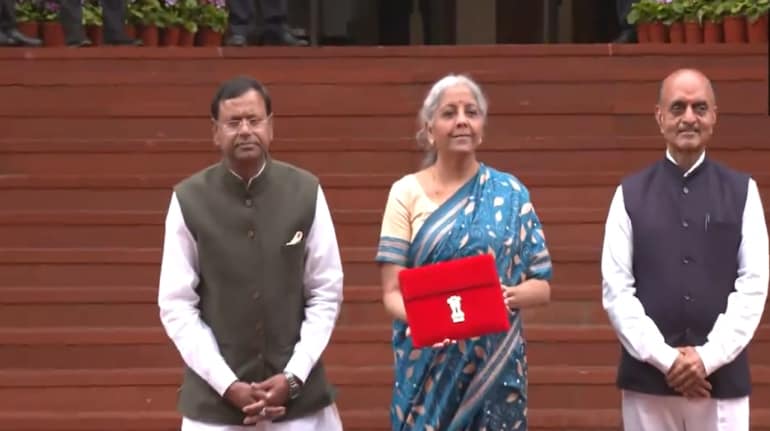
After reaching record highs in the past two years, the prices of electronic components used in televisions, mobile phones, appliances, and computers, as well as the shipping costs to factories, have returned to pre-Covid levels, reported Economic Times.
Industry executives believe that companies might lower consumer prices starting from Diwali to stimulate demand, which has been weak for nearly a year.
As per the report by Economic Times, consumer electronics companies are anticipated to experience an improvement in their operating profit margins due to the reduced cost pressures. The freight expenses for shipping containers from China have significantly decreased to $850-1,000, in contrast to the peak of $8,000 observed during the height of the Covid pandemic. Semiconductor chip prices have plummeted to an unprecedented low, reaching approximately one-tenth of their previous levels during the Covid period, while electronic component prices have declined by 60-80%, as reported by industry executives.
"Prices of components for all electronic products and freight have crashed to pre-Covid and in some cases even slightly lower due to a global fall in demand and recession in some countries. The broad pricing outlook remains the same for next few months, with some minor changes here and there," stated Atul Lall, managing director of Dixon Technologies India, to the publication.
According to Pradeep Jain, the Managing Director of Jaina Group, a smartphone manufacturer and retailer, the prices of smartphone components, including chips and camera modules, have drastically decreased. He stated that brands might consider implementing aggressive pricing strategies during the festive season to stimulate the market's recovery.
Reportedly, during their earnings calls in the previous quarter, publicly traded electronics companies such as Dixon Technologies, Havells, and Blue Star expressed optimism regarding the potential improvement of their profit margins this year. Dixon's management specifically mentioned that the average selling price of their consumer electronics lineup has decreased to approximately ₹11,500 in the fiscal year 2022-2023, down from ₹16,400 in 2021-2022, mainly attributed to the global decline in open cell prices.
According to Anil Rai Gupta, the Chairman of Havells India, the prices of raw materials have now stabilized and settled, which will lead to a normalization of margin levels similar to what the company had previously experienced, adds the report. He emphasized that open cell, which is the most crucial and expensive component of televisions, would play a significant role in this margin normalization.
The report further adds that in a notable observation, certain industry executives have stated that the freight cost has recently increased by 4-5%. However, this increase is attributed to a decrease in demand. Satish NS, the President of Haier India, explained that the containers are not being fully utilized due to weak demand, resulting in freight operators demanding higher prices for immediate shipments or requesting customers to wait for shipping the components. "But overall, component prices across the board have come down," he says.
In the previous quarter, chip companies worldwide faced significant financial losses attributed to a combination of sluggish demand and declining prices, says the report. Intel, for instance, reported its largest-ever quarterly loss in the January-March period, marking the semiconductor giant's fifth consecutive quarter of declining sales. Similarly, Samsung, the leading memory chip manufacturer globally, experienced a substantial 95% decline in operating profit, resulting in the lowest quarterly profit in 14 years. As a response to the ongoing decline in chip prices, companies have implemented production cuts.
The report also suggests that following last year's Diwali season in India, the demand for non-essential products like televisions, mobile phones, and appliances has been subdued due to factors such as high inflation, rising interest rates, and job losses in the technology sector. IDC India, a market researcher, reported a 16% year-on-year decline in the Indian smartphone market and an even steeper 30% decline in the computer market during the January to March quarter. However, with the potential for lower prices and a reduction in overall inflation, there is optimism that demand could be revitalized.
Updated: 16 Jun 2023, 08:11 AM IST
Electronics like mobiles, TVs, computers may cost less this festive season, suggests report | Mint - Mint
Read More

No comments:
Post a Comment